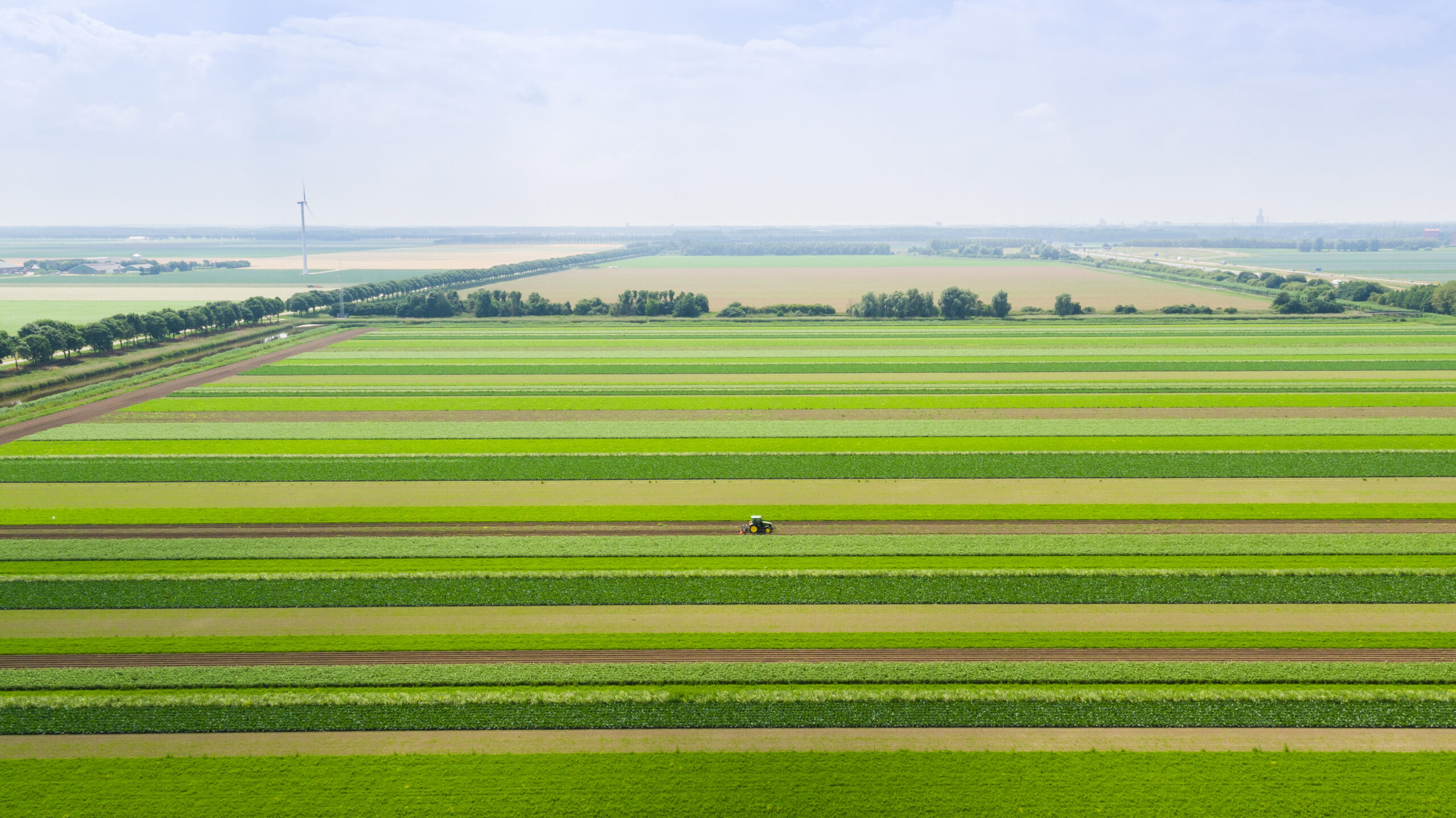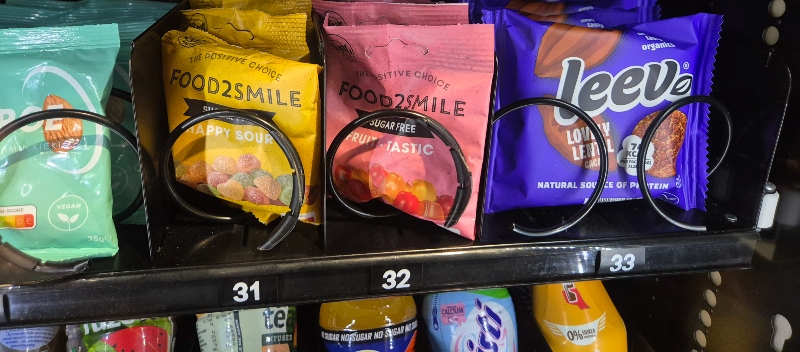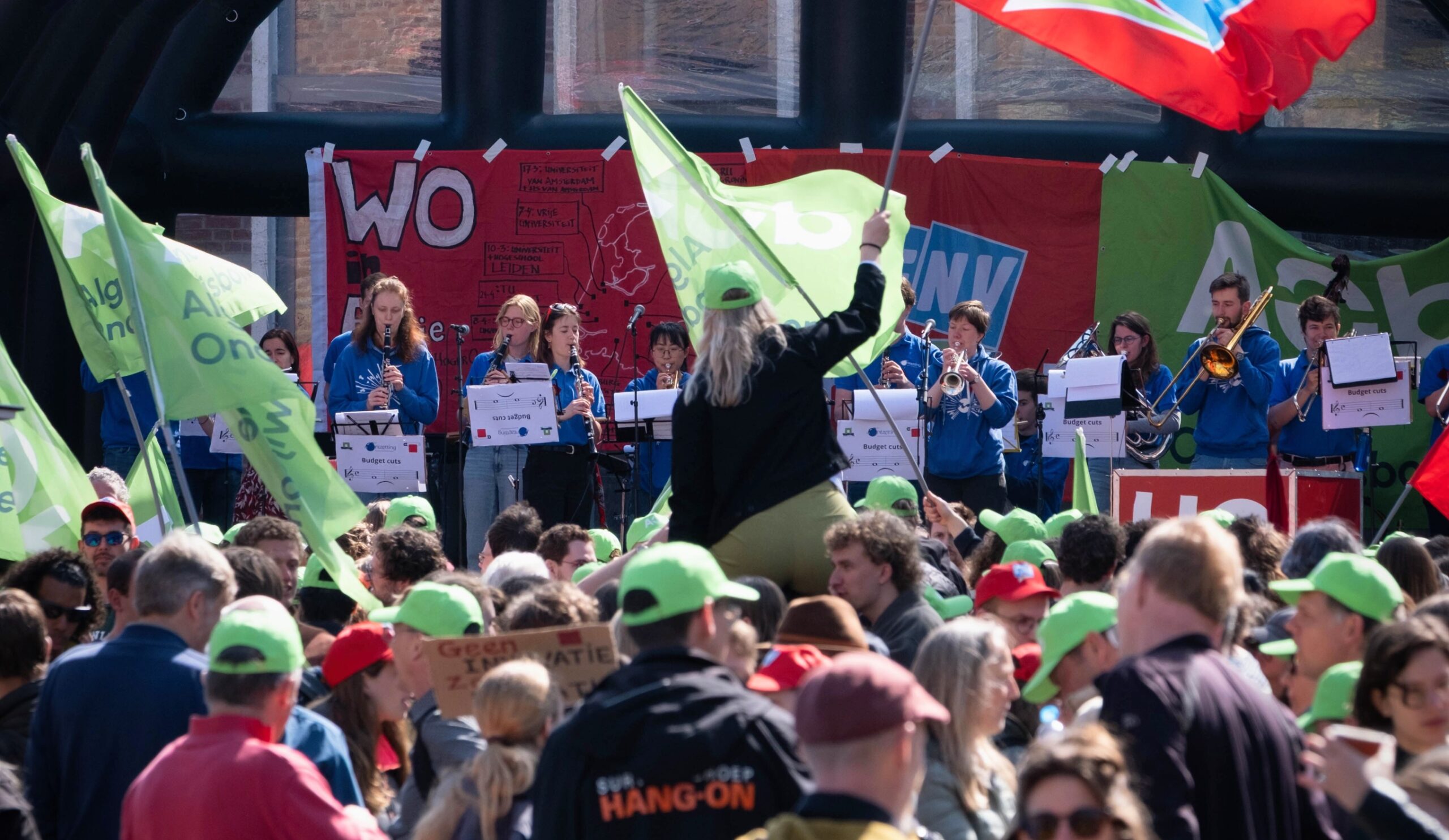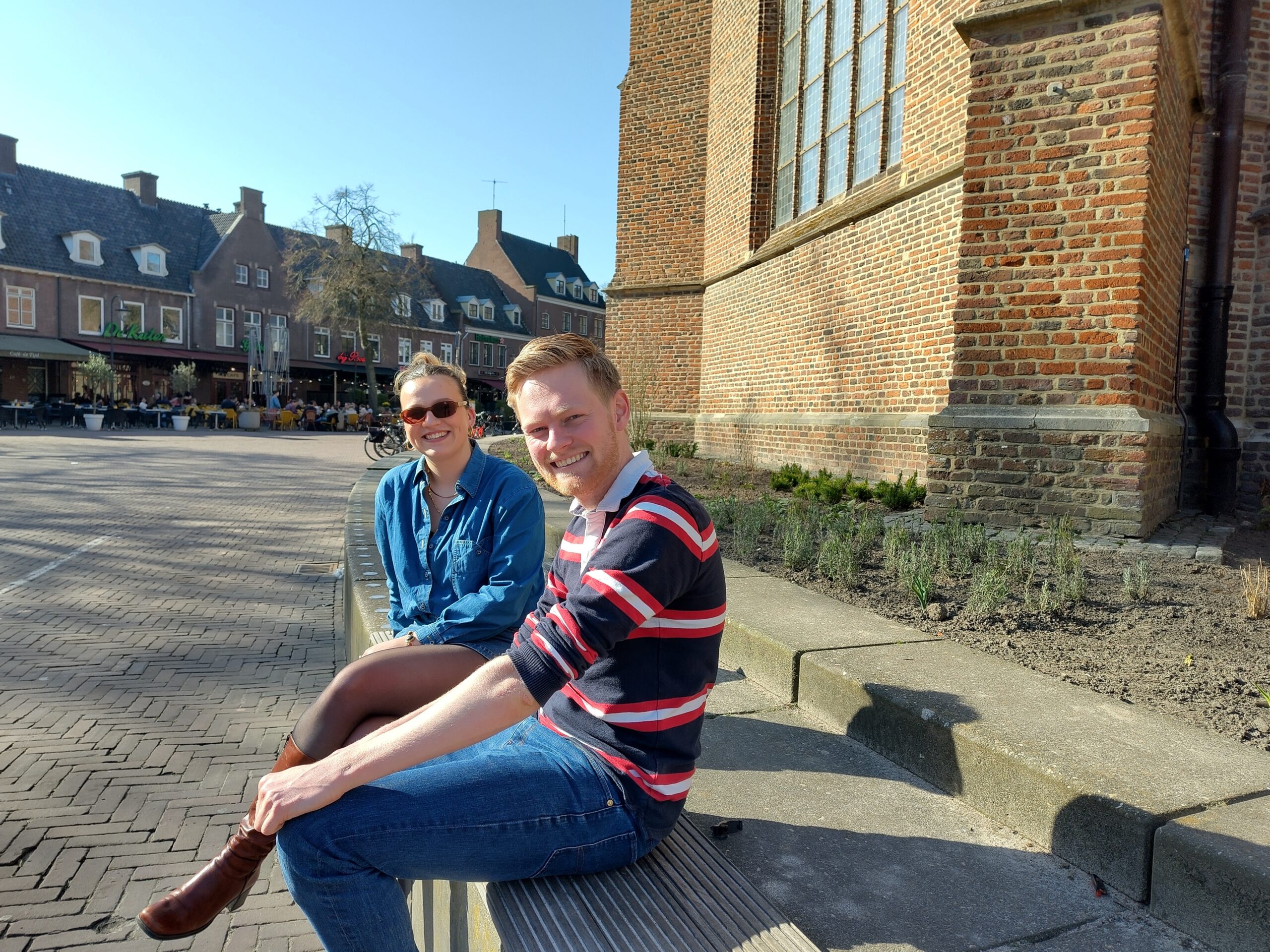European arable farming needs to halve the amount of pesticides it uses by 2030. Crop diversity can play a crucial role in this, but how exactly? And what could it mean on the farm or in the supermarket? A consortium led by WUR is going to find out in detail.
In the very same week that Erik Poelman (Laboratory for Entomology) received a Vici grant, he was also awarded 10 million euros from the National Science Agenda for the research programme he coordinates on crop diversity. He had worked on the proposal for about three years, together with more than 20 scientists from various chair groups, including Dirk van Apeldoorn (Farming Systems Ecology chair group and the Field Crops business unit), Barbara van Mierlo, Cees Leeuwis (Knowledge, Technology and Innovation chair group) and Niels Anten (chair holder, Crop and Weed Ecology). The programme, which four other universities are involved in (Groningen, Eindhoven and both Amsterdam universities), aims to reveal whether and how ecological processes involved in growing multiple crops in one field (crop diversity) can replace the functions of pesticides and fertilizers. This entails, for example, specific combinations of crops in space (e.g. carrots and onions) or time (e.g. cabbages after legumes) that reduce the risk of pests, nutrient deficiencies and soil degradation, and that benefit yield and biodiversity.
Strip cropping
Although crop diversity is a broader concept – there are several ways of diversifying crops in space or over time – the focus in this programme is on strip cultivation. This is partly for practical reasons to do with the use of agricultural machinery. Another factor is that WUR is leads the way in expertise on this form of cultivation. Poelman: ‘We’ve been testing the system in Wageningen for five years, and the trial plot at Wageningen Research in Lelystad has been going even longer. This project builds on what we have already learned there. Crop diversity depends on ecological processes, something we are incredibly strong on at Wageningen. It does require us to bring together many different disciplines: interactions underground and above the ground, plant growth and defences, natural enemies, the development of biodiversity, you name it. By bringing all that together, this programme can provide a sound scientific basis for the right decisions for making arable farming more sustainable.’
The entire value chain is still based on monocultures
The CropMix programme also specifically examines the socio-economic and societal factors that promote or hinder the transition to a more sustainable farming system of this kind. According to Van Apeldoorn, it is precisely this overarching systems approach that makes the research so relevant. He explains: ‘At present, the entire value chain is still totally based on monocultures. From seed suppliers to financiers; from purchasing to transport and logistics: everything assumes that crops always consist of the same thing. If we mix them at all, we do so further down the line. But couldn’t we do so earlier, in the field, to create more opportunities for ecosystem services from the start?’ he asks rhetorically.
Living labs
If arable farmers start producing a more diverse range of crops, there will of course be consequences – locally, nationally and perhaps even at a European or global level. The programme aims to identify and do the calculations on all these consequences. ‘So that includes things such linking up with vocational education and applied sciences universities, so that we’ll have enough professionals who are ready to put the new arable farming principles into practice,’ says Poelman.
This broad approach explains why the research consortium has such a long list of names: 59. From Albert Heijn to Agrifirm, from Rabobank to Ravon, from government bodies to educational institutions: they are all on board. Not to mention the 24 arable farms that form the real core of this programme. ‘That’s part of what makes this project special too: the farmers are at the forefront. Half of the co-financing also comes from the farmers,’ says Van Apeldoorn. A variety of farms are involved, from frontrunners in alternative arable farming to those that are still in the early stages of the transition. This variety is deliberate, says Poelman. ‘There simply is a great diversity of arable farmers, types of farm, and customers.’ Van Mierlo adds: ‘In three living labs, we are developing various promising transition paths towards a more sustainable agricultural system, together with all the stakeholders. There is no single failsafe recipe.’
Change must come
The need to find those transition paths is clear. Resource has previously reported on how, with its Farm to Fork strategy, the EU wants to halve the use of chemical pesticides by 2030, but the transition to new cultivation systems is in danger of stalling. ‘As a leader in global agriculture, the Netherlands has a major responsibility to meet this challenge by 2030. At the same time, problems arise here earlier than in the rest of the world, partly because our agriculture is so intensive,’ Van Apeldoorn points out. ‘The arable farmers acknowledge this. They have said: okay, change must come; we want your help.’
Some farmers want to change, others are more or less forced into it
Exactly what steps are needed differs per type of farm – and per type of farmer. ‘Some of them are eager to change, others are more or less forced into it,’ says Poelman. ‘Depending on their intrinsic motivation, we see how we can provide them with the knowledge to make the change. And not just the farmers, but along the entire value chain. For example, we also look at what institutional changes are needed. Our programme aims to secure all the fundamental insights that form the stepping stones for making an effective transition. Because whether we like it or not, we and the arable farmers together have really got to find an alternative to pesticides by 2030.’

 The focus in this programme is on strip cultivation. This is partly for practical reasons to do with the use of agricultural machinery. Another factor is that WUR is leads the way in expertise on this form of cultivation. Photo: WUR
The focus in this programme is on strip cultivation. This is partly for practical reasons to do with the use of agricultural machinery. Another factor is that WUR is leads the way in expertise on this form of cultivation. Photo: WUR 

